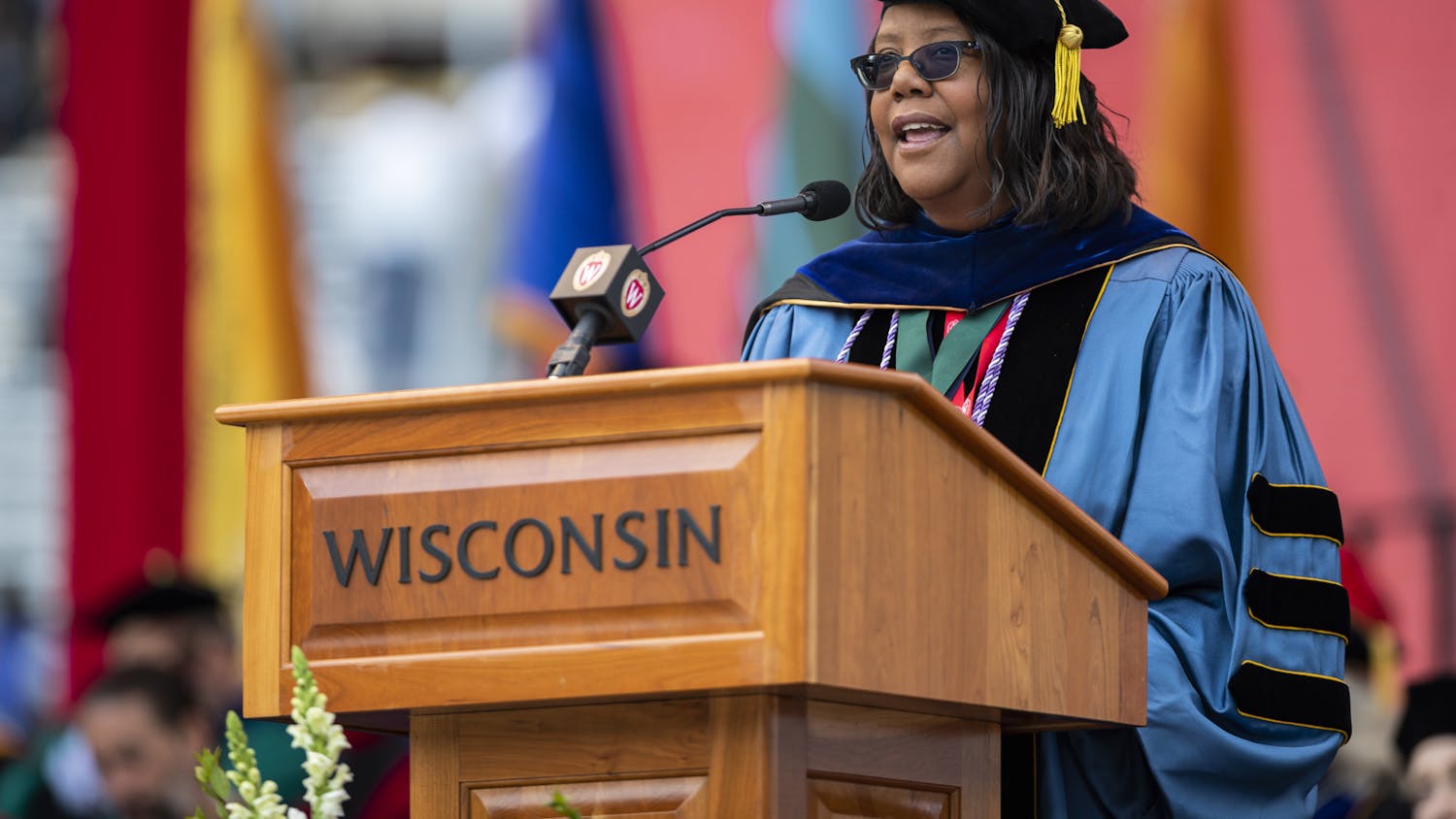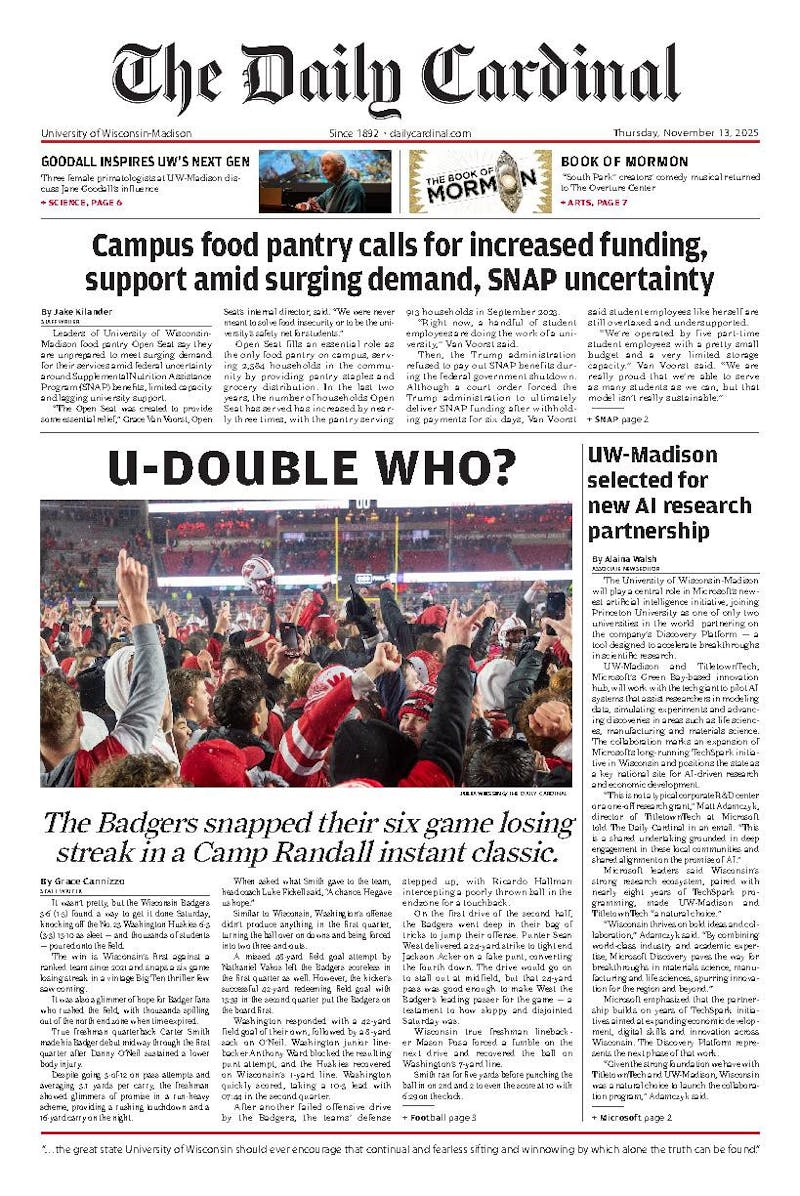On average, in the U.S., each Ph.D-granting institution in astronomy and astrophysics produces one minority PhD every 13 years."" That scandalous fact was pointed out by Dr. Keivan Stassun, an astrophysicist and UW-Madison alum now serving as associate professor of physics and astronomy at Vanderbilt University.
But he's not sitting around complaining about those low numbers. As director of the Vanderbilt Initiative in Data-Intensive Astrophysics (VIDA) and hailing from a multi-ethnic background himself, he's done something about it. Five years ago, he became the guiding force behind the Fisk-Vanderbilt Master's-to-Ph.D Bridge Program to inspire minority physics master's students at Fisk University to pursue doctorate degrees in astrophysics through the mentorship provided by the Bridge program.
Stassun cites the excellent mentoring he received from two UW-Madison professors while pursuing his doctorate in astrophysics here from 1995-2000 as providing the blueprint for how to execute the Bridge program.
The first mentor was Dr. Robert Mathieu, Stassun's doctorate advisor.
""My relationship with Mathieu was very positive, and open - oone of the most important relationships in my career,"" Stassun said.
At the time, Mathieu introduced Stassun to the phenomenon of brown dwarf stars, often described as failed stars because ""they are born with masses between the least massive stars and the most massive planets,"" according to an article co-authored by Stassun and Mathieu, published in the weekly science journal Nature in 2006.
Although perhaps not as sexy sounding as, say, a black hole or a supernova, brown dwarfs form a kind of bridge between our understanding of how stars and planets are formed. Stassun is particularly interested in the evolution of the brown dwarf and what it could mean for our immediate solar system.
Mass is a defining characteristic of a brown dwarf, but just as important is being able to measure the radius. The two factors together can definitively confirm the presence of a brown dwarf, with radius historically difficult to measure until now because of the rare sightings of such bodies. Stassun and Mathieu stumbled upon a pair of brown dwarfs in the Orion Nebula star-forming region and having measured their mass and radius were able to confirm this star type.
""One of the real long-term benefits of my time at Wisconsin was the ways in which Mathieu helped set me on a scientific research path that proved to be extremely fruitful many years later,"" Stassun said. Stassun states this as his goal as a mentor of young scientists, and he credits Mathieu for giving students ""fruitful ideas that will help propel and springboard their careers as they move forward.""
Stassun also cites the prodding he received by UW math professor Terry Millar, associate dean for physical sciences, as giving him the confidence to even contemplate creating a mentoring program. Millar challenged Stassun to develop his leadership skills by using his scientific talents as a springboard for community outreach. In his final year, Stassun, along with Millar and other UW graduate students, launched the K-Through-Infinity (KTI) program, which teamed UW-Madison faculty and graduate students with math and science teachers in the Madison schools and placed graduate students in classrooms as teaching fellows.
""Being involved with Terry's program helped me flex a different set of muscles: organizing, serving as a broker for individuals in different parts of the higher educational landscape, bringing resources to bear. These were part of my own leadership development,"" Stassun said.
So how are the Fisk-Vanderbilt Bridge students faring? Since launching the Bridge program, Fisk University has become the top producer of black master's degrees in physics in the United States.
""We are now on track so that when our Bridge students begin earning Ph.Ds in 2010, our program will become the number one producer of minority Ph.Ds in physics, astronomy and material science in the U.S. At the rate we're going now, we'll be producing between 10 and 20 times the average rate of Ph.Ds in the U.S.,"" Stassun said.
Stassun concludes it's the quality of the mentoring that counts. Just as Millar forced Stassun to expand his own universe and reach out to the community, the nature of Mathieu's mentorship was equally important. ""Mathieu was willing to not be an obstacle. So often, when grad students begin to identify within themselves the stirrings of leadership and calling, it's often the case that advisors will squash those impulses because they're concerned about their students becoming sidetracked or derailed. Bob just let me run with those leadership impulses as they were developing.""
It seems for Stassun, mentoring and continuing partnerships are ongoing pursuits. He and Mathieu have teamed up again, co-publishing a follow-up paper on the brown dwarfs soon to be published in Nature. Some years down the line, he could find himself collaborating with any one of his Bridge students, co-authoring a piece on some astounding find out there in the universe.





